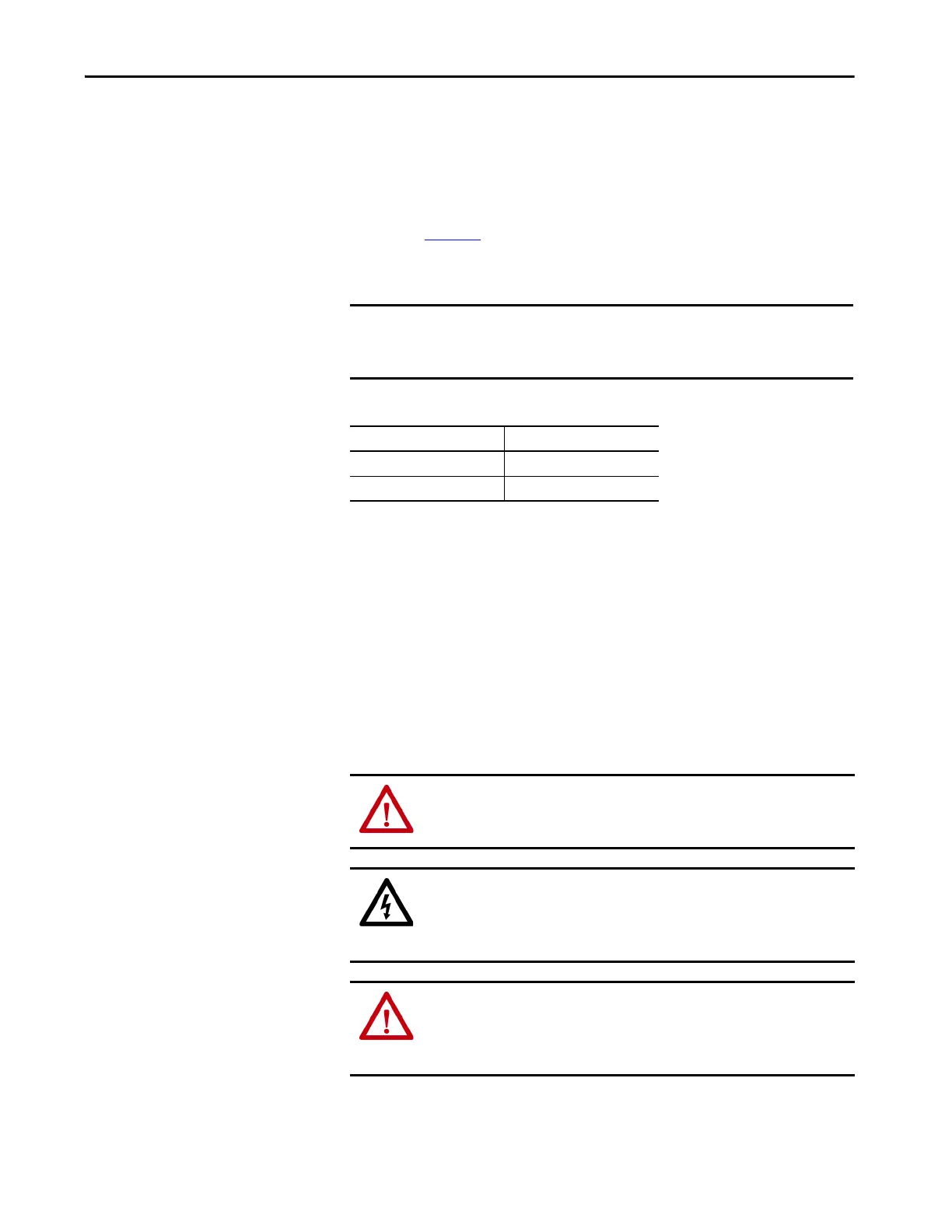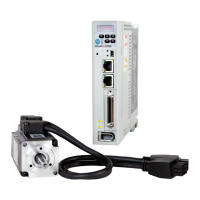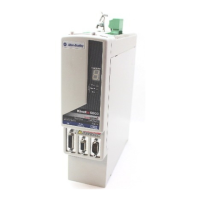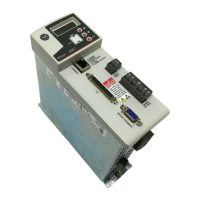Rockwell Automation Publication 2198-UM001I-EN-P - May 2019 181
Kinetix 5500 Safe Torque-off - Integrated Safety Chapter 10
Probability of Dangerous
Failure Per Hour
Safety-related systems are classified as operating in a High-demand/continuous
mode. The SIL value for a High-demand/continuous mode safety-related
system is directly related to the probability of a dangerous failure occurring per
hour (PFH).
PFH calculation is based on the equations from IEC 61508 and show worst-
case values. Table 72
provides data for a 20-year proof test interval and
demonstrates the worst-case effect of various configuration changes on the
data.
Table 72 - PFH for 20-year Proof Test Interval
Safe Torque-off Feature
The safe torque-off feature, when used with suitable safety components,
provides protection according to ISO 13849-1 (PLe), Category 3 or according
to IEC 61508, IEC 61800-5-2, and IEC 62061 (SIL CL3). All components in
the system must be chosen and applied correctly to achieve the desired level of
operator safeguarding.
The safe torque-off feature is designed to safely turn off all of the output power
transistors. You can use the safe torque-off feature in combination with other
safety devices to achieve Stop Category 0 and protection-against-restart as
specified in IEC 60204-1.
IMPORTANT Determination of safety parameters is based on the assumptions that
the system operates in High-demand mode and that the safety function
is requested at least once every three months.
Attribute Value
PFH (1e-9) 1.54
Proof test (years) 20
ATTENTION: This option is designed to restrict motion producing power on
the drive system or affected area of a machine. It does not provide electrical
safety.
SHOCK HAZARD: In Safe Torque-off mode, hazardous voltages can still be
present at the drive. To avoid an electric shock hazard, disconnect power to
the system and verify that the voltage is zero before performing any work on
the drive.
ATTENTION: Personnel responsible for the application of safety-related
programmable electronic systems (PES) shall be aware of the safety
requirements in the application of the system and shall be trained in using
the system.

